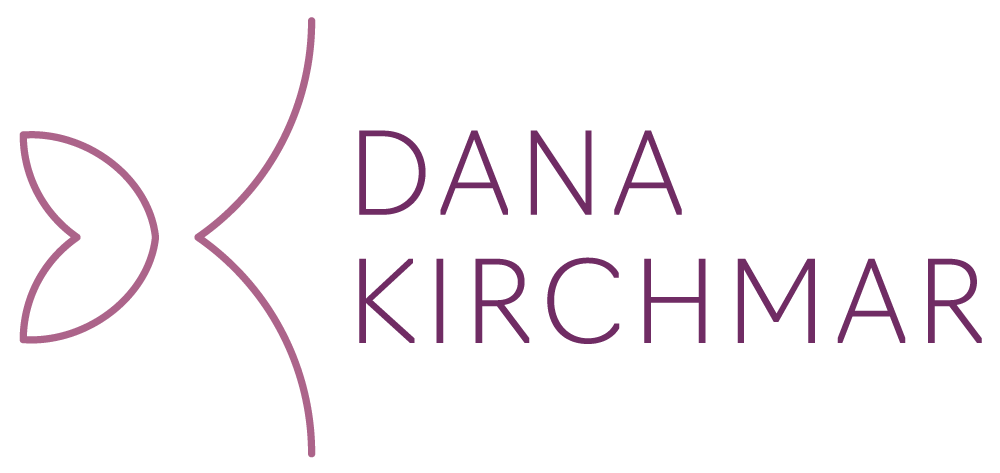
Food Architect - Designing Deliciousness
What's the Gig?
Have you ever looked at a plate of food and thought, "Wow, this is art!"? As a Food Architect, you're doing exactly that—except you're the artist! Think of it as architecture for your taste buds; it's where culinary skill meets artistic design and a smidgen of engineering. You're not just making food; you're crafting multi-sensory experiences.
What's on Your Desk?
Sketchbooks filled with plate designs, a laptop for 3D modeling your next culinary structure, and perhaps some ingredient samples to inspire your next edible masterpiece.
Skills and Schooling
Culinary Degree: Basics must be strong—cooking, plating, and the science of flavors.
Design Skills: CAD, 3D modeling, or even good old-fashioned sketching.
Project Management: You're orchestrating a meal, not just cooking it.
Aesthetic Sense: Visual appeal is half the battle.
Creativity and Innovation: Because when was the last time you saw a square tomato that tasted incredible?
Who Will You High-Five?
You'll be in the kitchen, but not just with chefs. Expect to collaborate with industrial designers, materials scientists, and sometimes even roboticists for those extra intricate designs.
Where You Could Hang Your Hat
Experimental Restaurants: Think places like Alinea in Chicago or elBulli in Spain.
Food Studios: Companies like The LABoratory focus on food innovation.
Entertainment Industry: Crafting food scenes for films or themed amusement parks.
Catering Companies: Specializing in high-end, artistic events.
Food Manufacturers: Someone's got to design those intricate holiday treats!
Why You Might Just Love This
Artistic Freedom: Your canvas is as broad as the culinary world.
Tangible Results: Your work ends up as someone's memorable meal.
Multi-disciplinary: One day you're a chef, the next an engineer, and always an artist.
A Day in the Life of a Food Architect
Morning: Blueprint for Breakfast
9:00 AM: Sketch or model your vision for a new dish, considering ingredients, structure, and visual impact.
10:30 AM: Discuss your ideas with chefs and design team members. Adapt as needed.
Midday: Testing Tastes
12:00 PM: Experiment with food materials, textures, and plating techniques.
1:30 PM: Quick lunch—this could be an opportune moment to try out a new eatery for inspiration.
Afternoon: Prototyping and Prep
3:00 PM: Prepare a prototype of your dish, focusing on aesthetic elements and structural integrity.
4:30 PM: Conduct a tasting session, gathering feedback on both taste and presentation.
Evening: Ideation and Innovation
6:00 PM: Research trends in both architecture and gastronomy to stir the creative pot.
The Final Word
As a Food Architect, you're literally at the crossroads of culinary arts, design, and engineering. This career is as STEAM as it gets—you're cooking up a mix of Science, Tech, Engineering, Arts, and Math every single day. It's a feast for the senses and the intellect! 🍔📐
